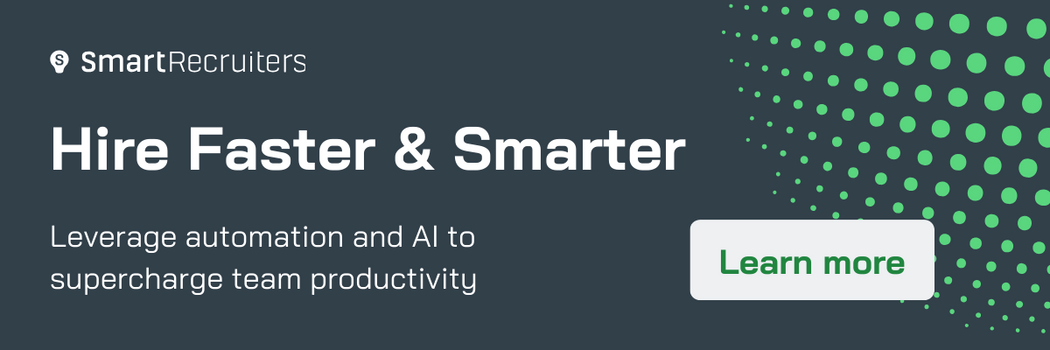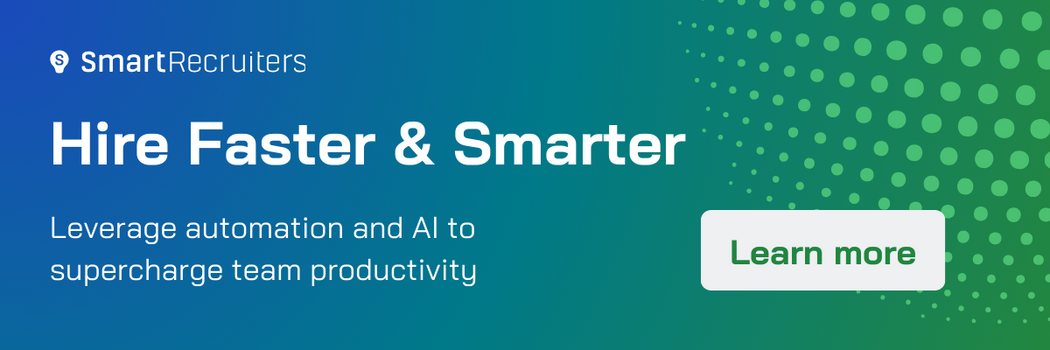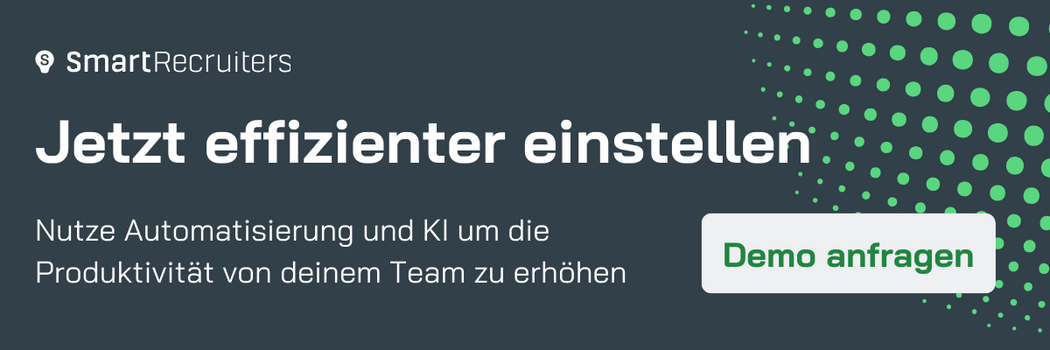Some companies go to great lengths to provide a stellar candidate experience by building a personalized career site, an easy application process, and collaborative interview workflows. All that good work can fall apart, however, with slow and clunky offer management.
Candidates who have to wait days for your offer while it sits in long approval chains can just as easily accept another offer or change their minds. Hourly and high-volume roles can be particularly vulnerable to drop-off at this late stage because some candidates want as short a gap as possible between roles to minimize impacts on their cash flow. Additionally, candidates may not have easy access to a computer and printer so that they can print, sign, and send back the letter quickly.
Speed and simplicity are key to streamlined offer management. The ideal process nets the candidate a written offer with a mobile-friendly signature within 24 hours of the decision. Making that happen, however, requires the configuration of many components behind the scenes. Let’s break it down into six components:
1. Offer configurability
Offer language and approvals will differ by role, department, division, etc. Your applicant tracking system should support your team to configure approvals and offer templates by the org fields your company uses. Merge fields can be used to pull in candidate details such as name and address.
2. Offer templates and clauses
A library of offer templates and clauses helps recruiters quickly configure offer letters by the exact salary and offer components (e.g. stock options, signing bonuses) that have been verbally promised to the candidate.
3. Simplified approval chains and approver notifications
Offer approvers should receive a notification immediately and be able to log in with a single click to approve the offer. If another approver is necessary, the system will trigger the notification of the next person in the chain. The system should also be set up for delegates when the usual approvers are on leave. You don’t want to let the absence of key individuals slow down offer delivery.
4. Bulk offers
Hiring at high volume often means your company has a group of candidates ready to receive offers at all once. To save recruiters time in configuring multiple offers, an ATS with bulk offer features allows recruiters to generate multiple offer letters with one bulk action. To avoid mistakes, the system should notify the recruiter when any of the preconfigured steps have not been made.
5. Seamless signature process
The days of printing, signing, and scanning offer letters are long gone. The candidate should be able to sign the offer letter through DocuSign from his or her mobile device.
6. Offer acceptance triggers the next steps
A chain of events needs to occur after candidates accept their offers. These can include background checks, reference checks, welcome letters, ID requests, provisioning, and HRIS connections. Whatever the need, your ATS should seamlessly trigger the next steps to keep the candidates engaged all the way up until their starting day.
Faster offers drive business value
Only a small percentage of those who fill out your application forms will make it to the offer stage. A smoothly managed offer experience helps them to show up on the job and start contributing to your business sooner.
JYSK, a global retailer with over 3,200 stores in 52 countries, knows the benefits of improving the offer stage. With the help of SmartRecruiters, the JYSK team streamlined every step of the candidate experience—including offer management—to reduce time-to-fill from an average of 56 days to 20 days. Karolína Kroužková, HR Digital Manager at JYSK, put it best when she said in our success story, “It’s tough to find the best candidates, so we need to be quick. If we’re too slow, the candidates get hired elsewhere.”
Streamlined offers are just one important aspect of the candidate experience. To learn more about how to design an end-to-end candidate experience, our latest ebook has you covered with six checklists to keep track of improvements for each stage of the candidate journey and much more. Download New Essentials of the Candidate Experience: How to Create Candidate-Centric Experiences from Attraction to Onboarding.

















